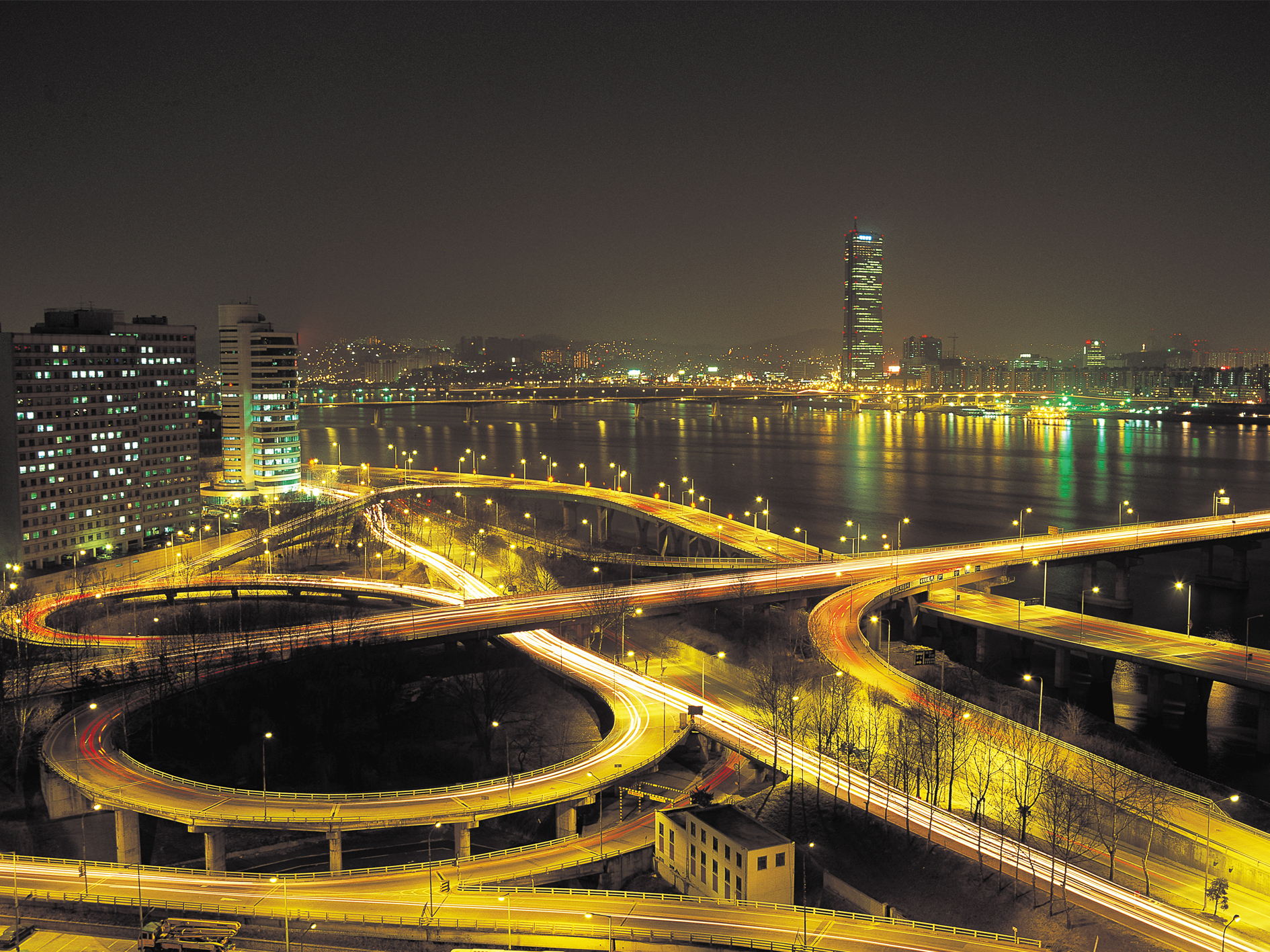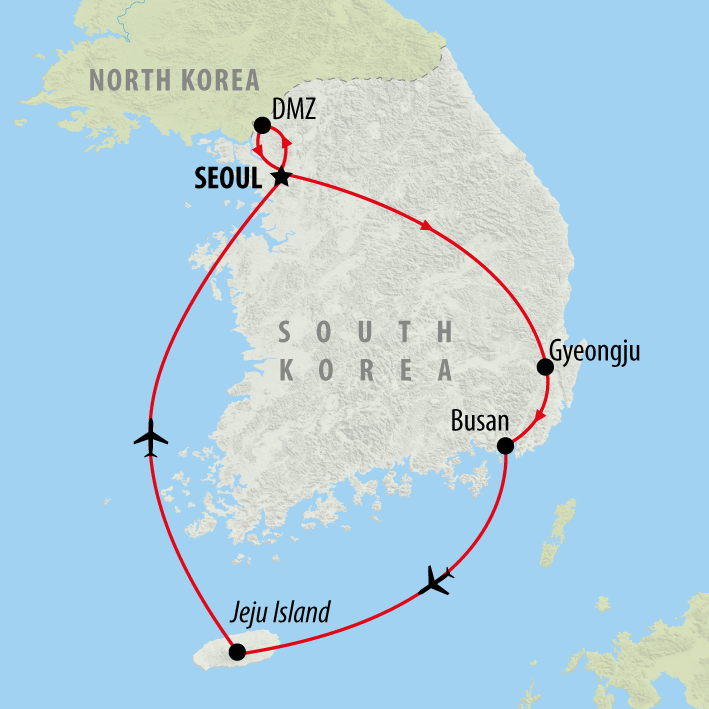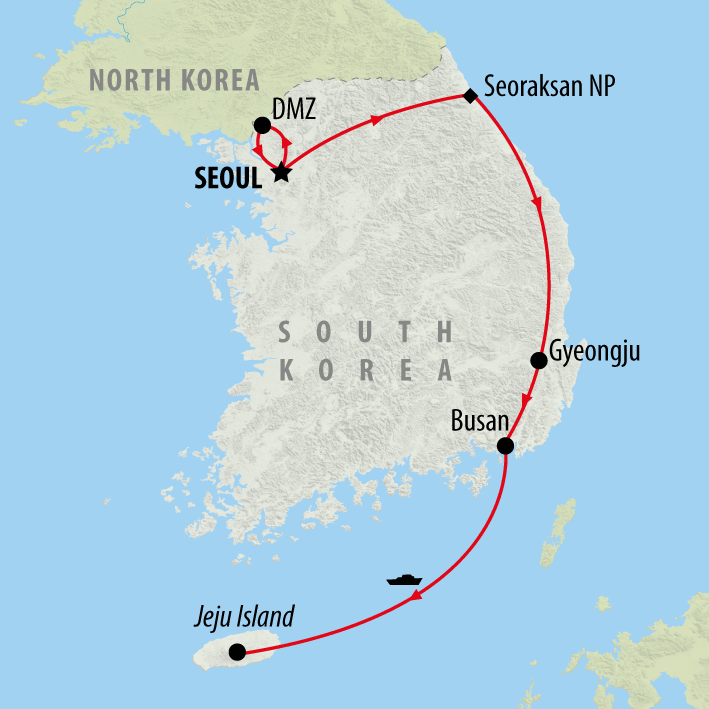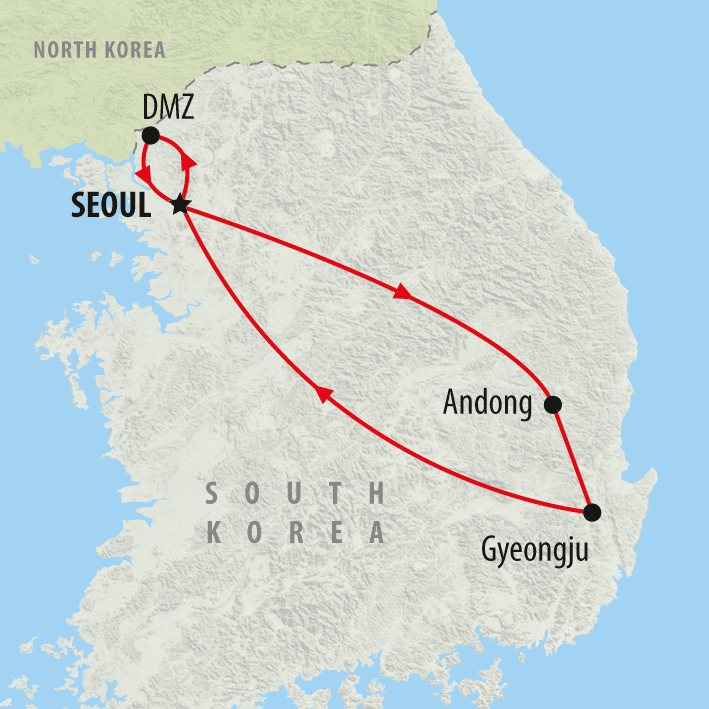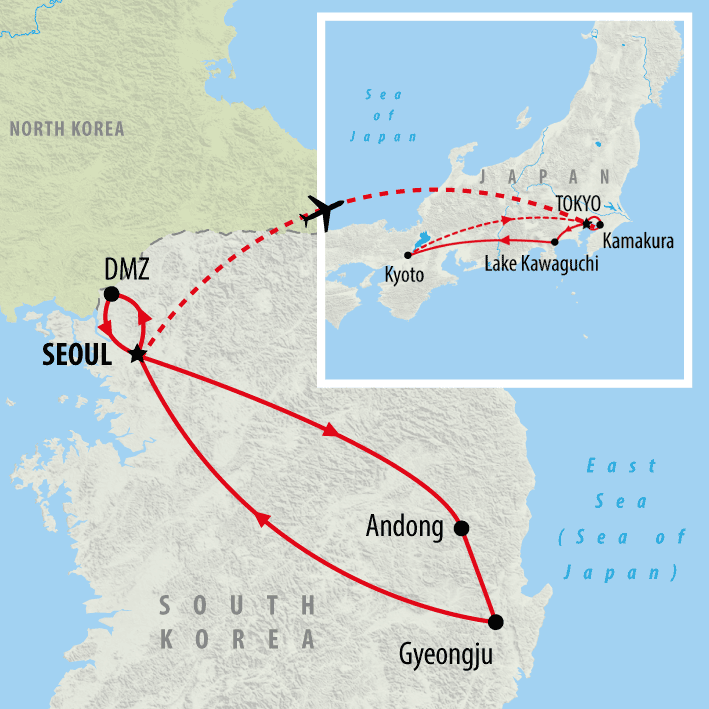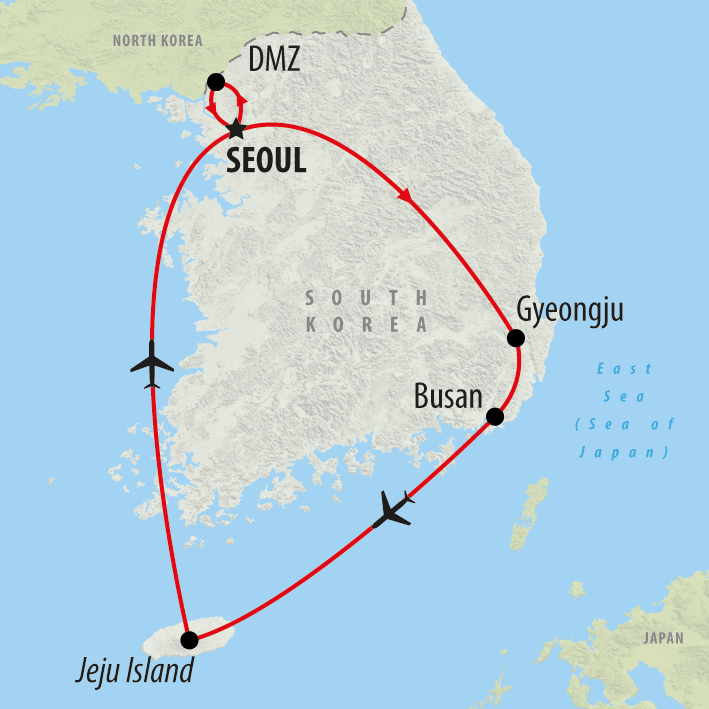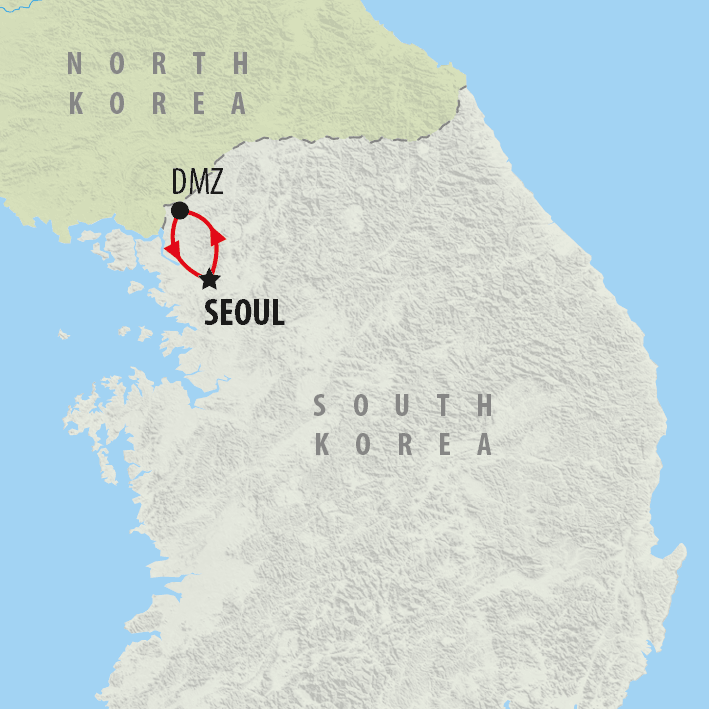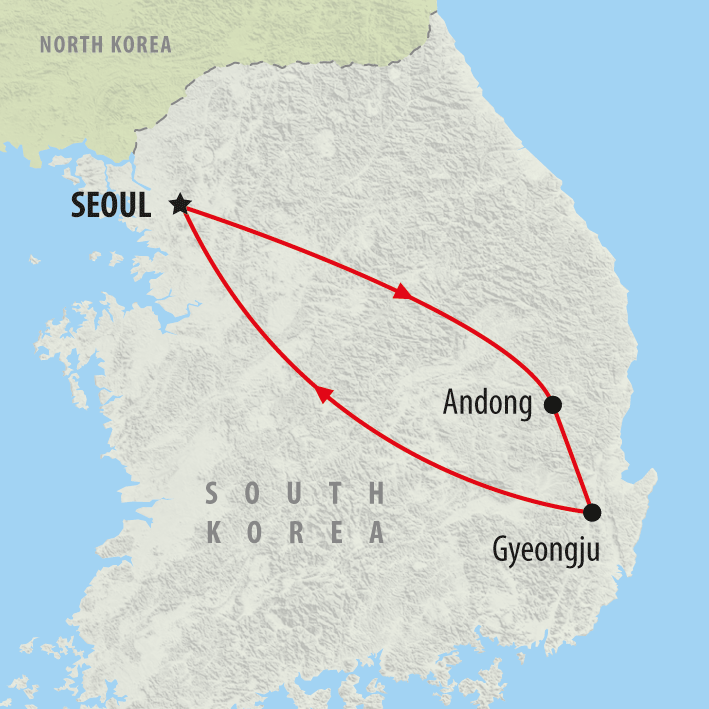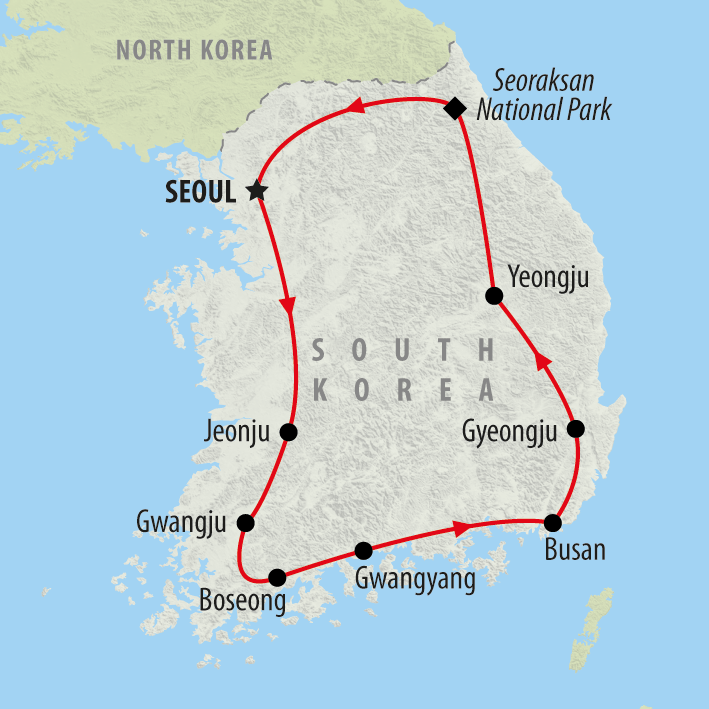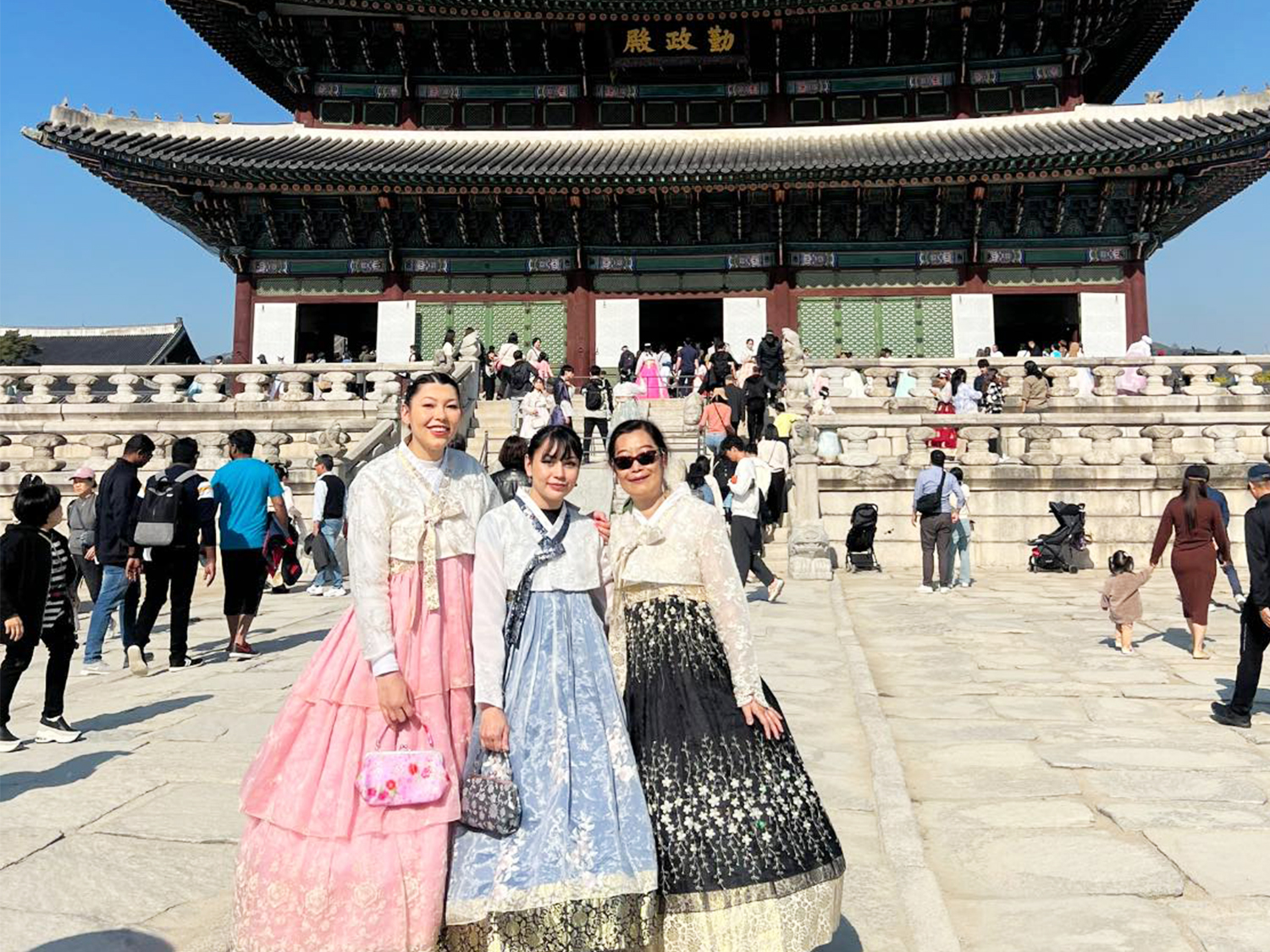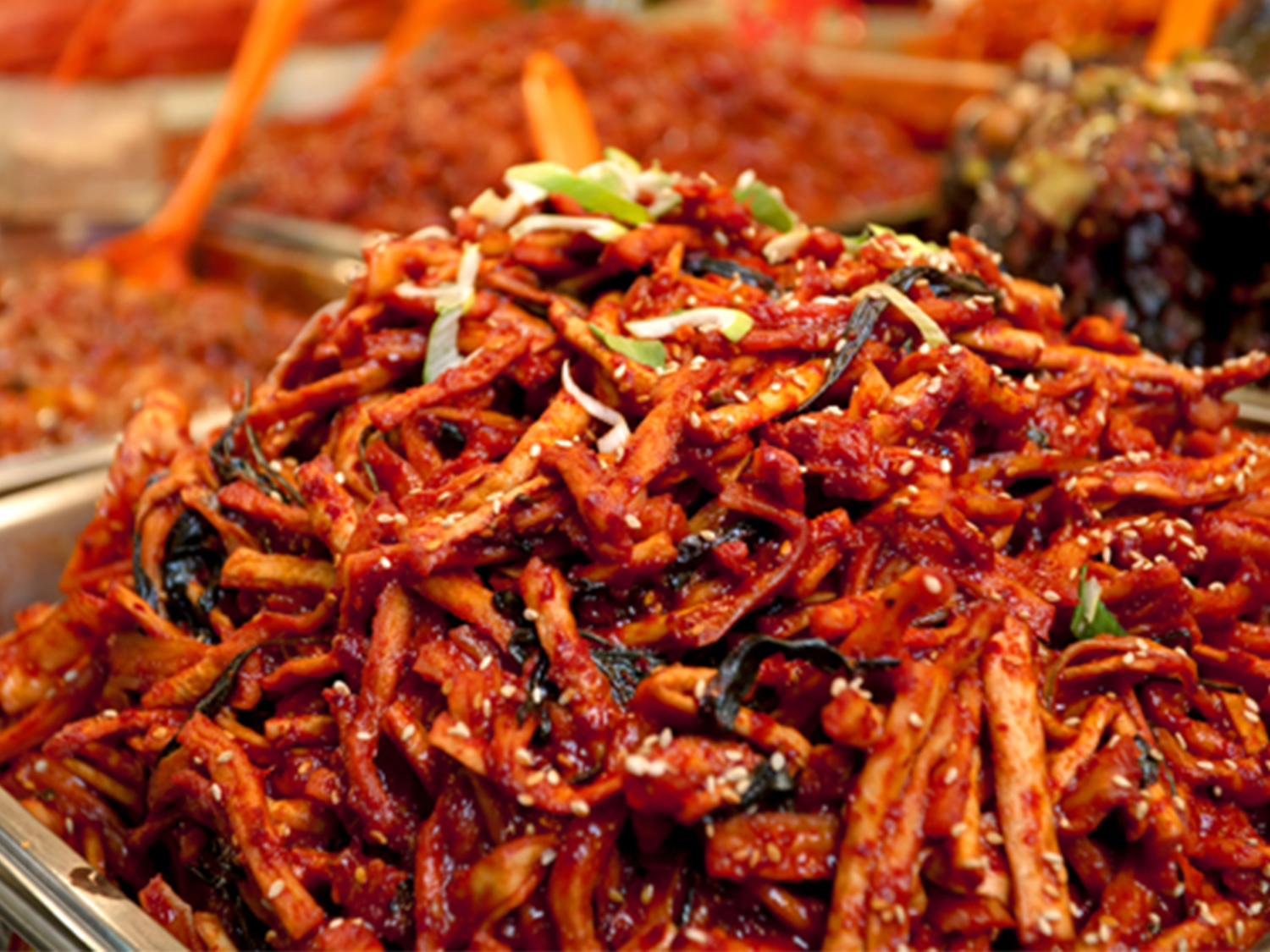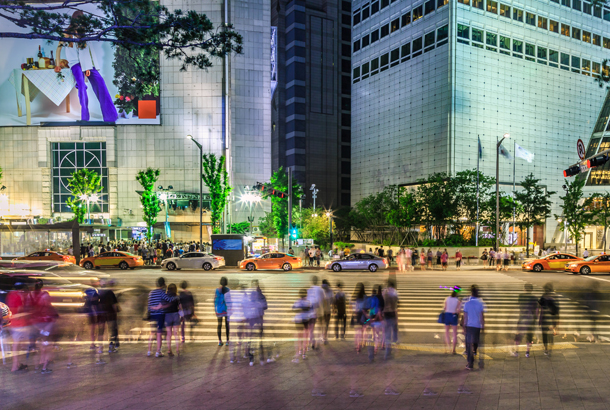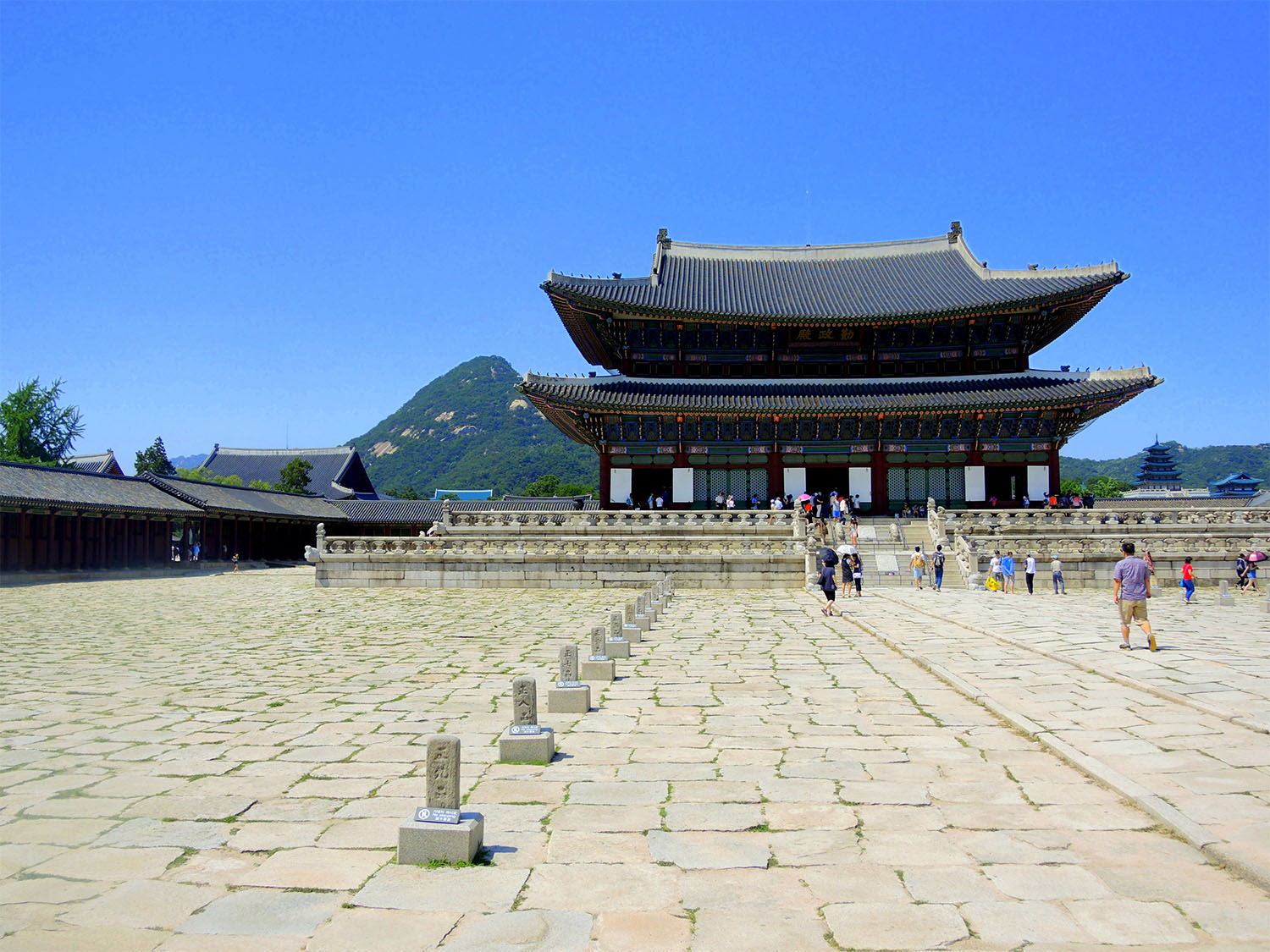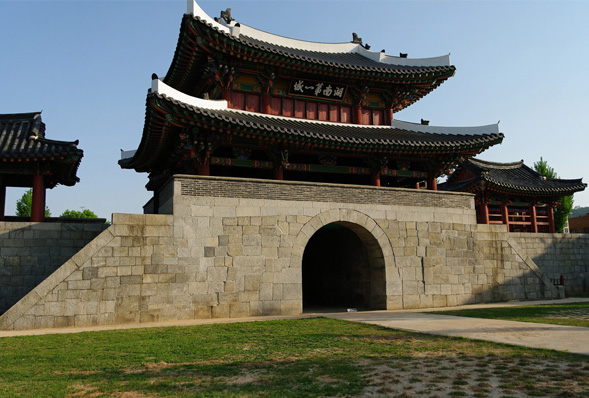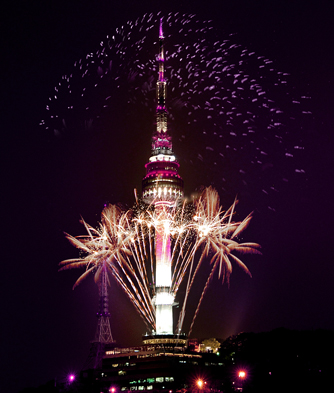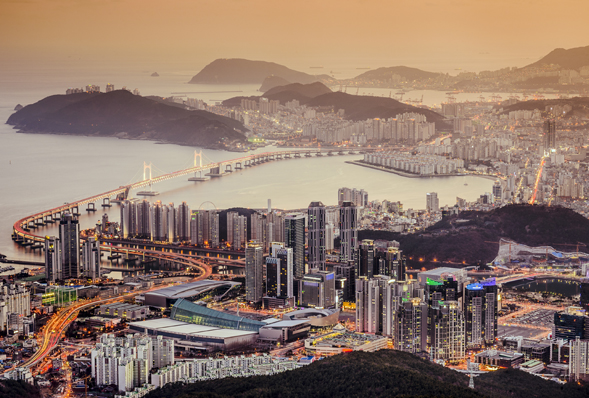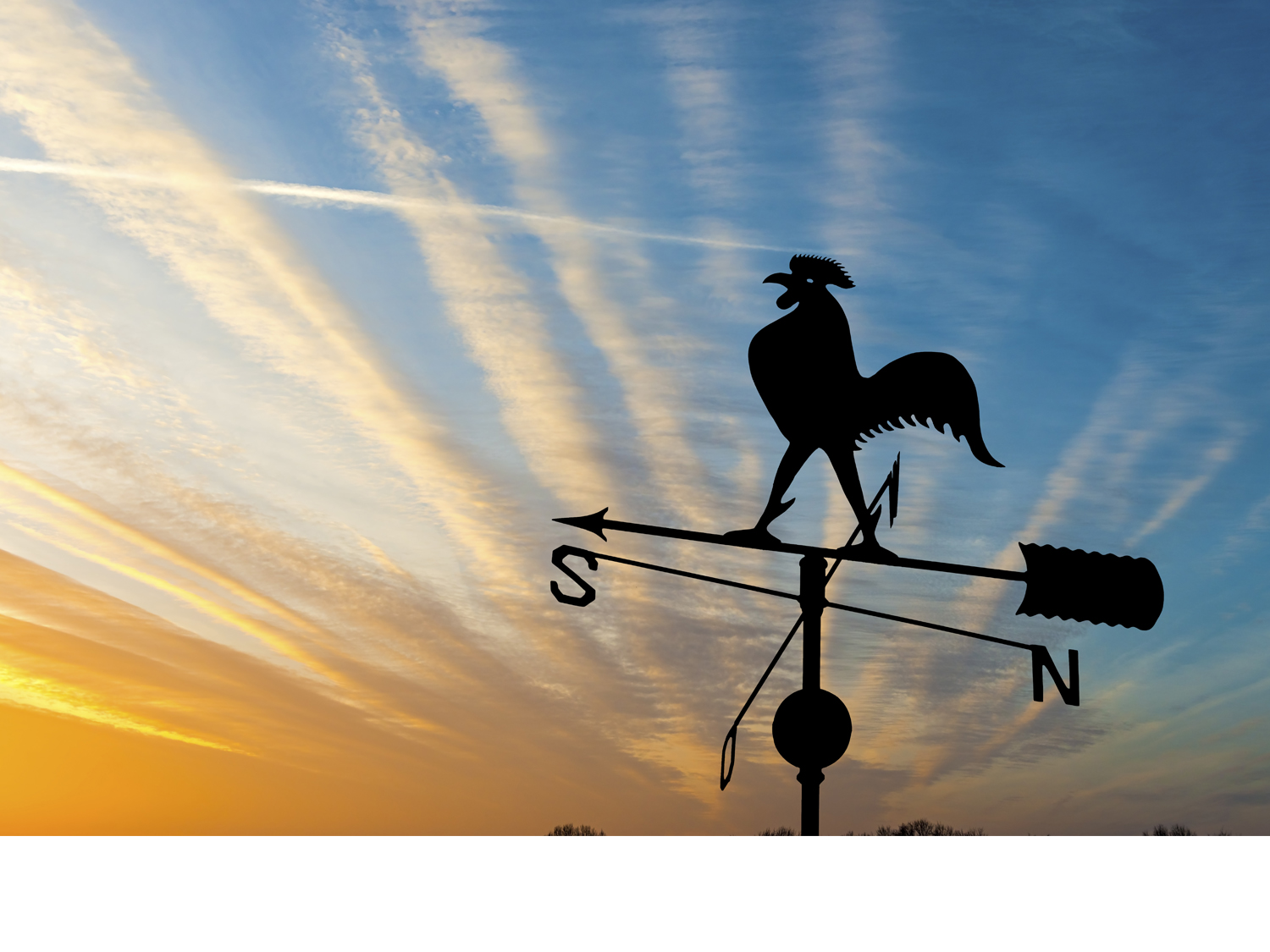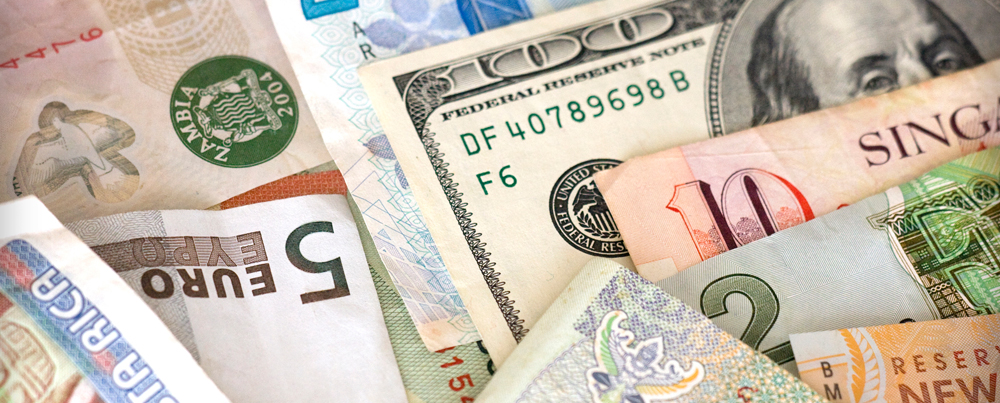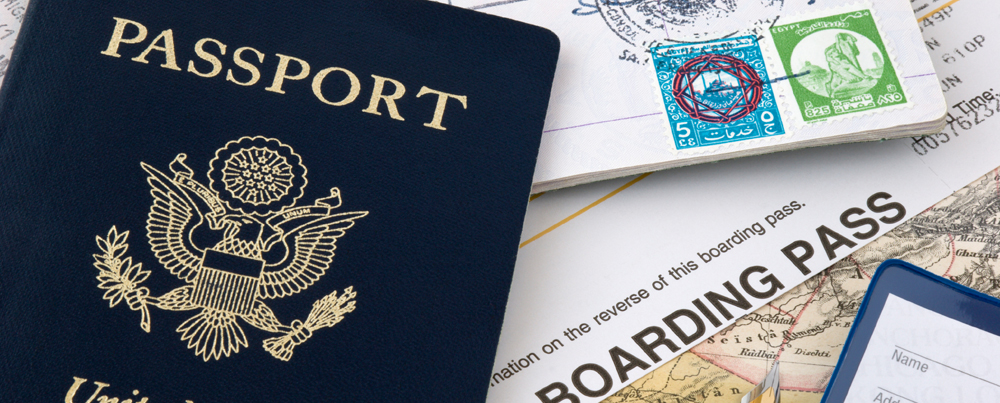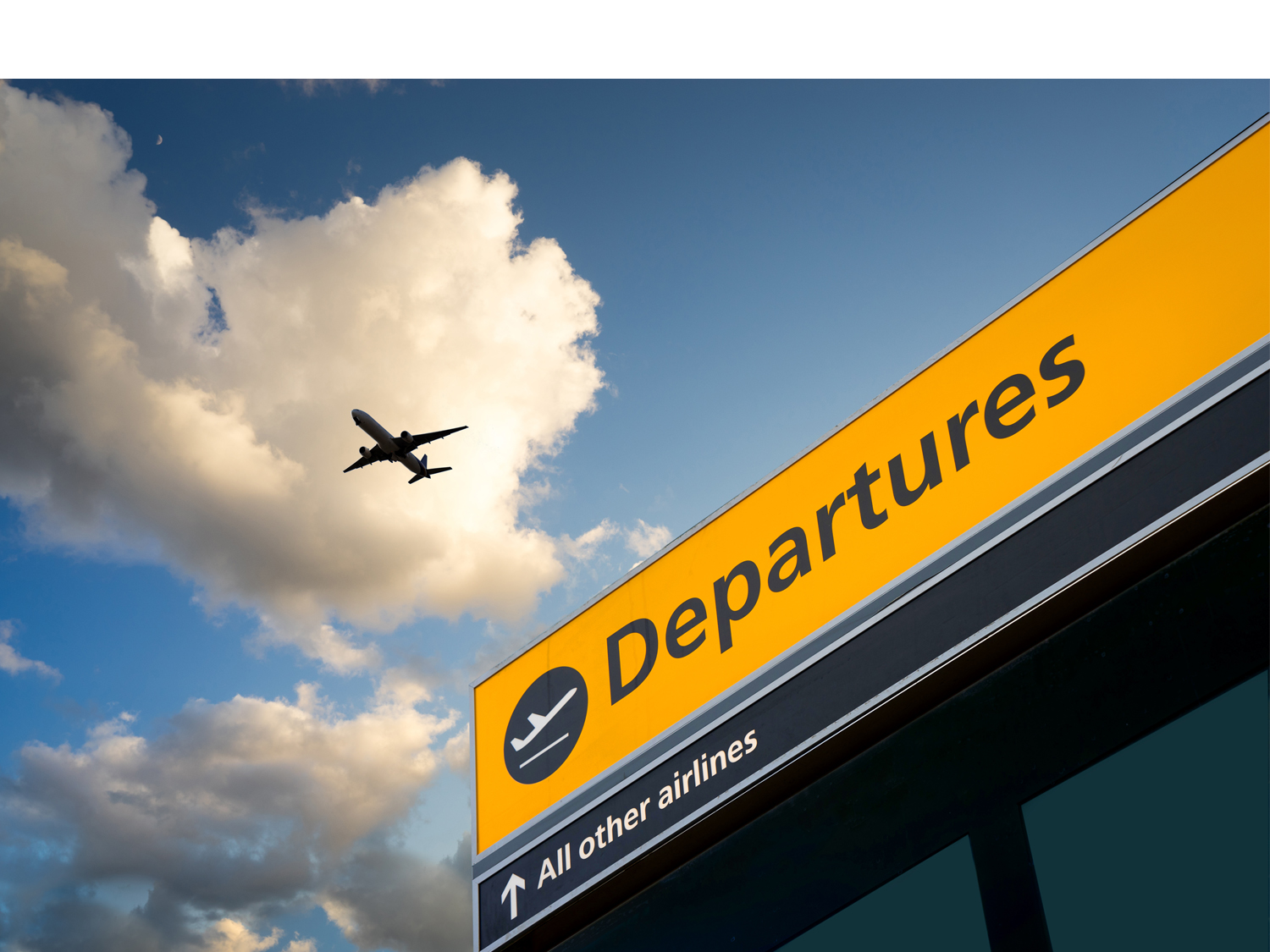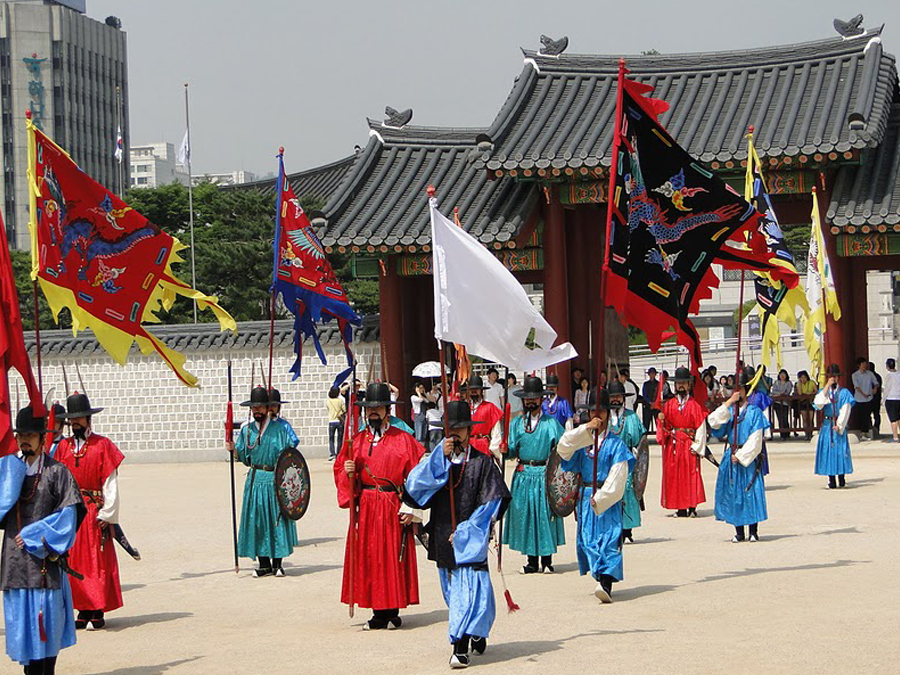Best guided tours to Seoul, South KoreaUncover Seoul's Hidden Gems with Expert-Led Guided Tours
When do you want to go?
2024
I'm flexible
Passengers
Adults (18+)
Children (0 - 17)
Welcome to Seoul, South Korea
The capital of South Korea is a gleaming metropolis that firmly tells the world how far the country has come in the last few decades. Huge skyscrapers of glass and steel reach for the heavens while motorways weave intricate webs at ground level. But among all this modernity there are also references to the past with Buddhist temples and old-fashioned markets. It’s a major transport hub in Asia and a key player in the world of business and economics, which makes it the perfect city destination
Guided tours to Seoul, South Korea
Guided tours to Seoul offer visitors an immersive experience into the city’s rich history, vibrant culture, and cutting-edge modernity. These tours typically include visits to iconic landmarks such as Gyeongbokgung Palace, where tourists can witness the royal changing of the guard ceremony, and Bukchon Hanok Village, known for its traditional Korean houses. Tours often explore bustling districts like Myeongdong for shopping and Dongdaemun Design Plaza for contemporary architecture. Additionally, guided tours provide insights into Seoul's innovative urban developments and green spaces, such as the restored Cheonggyecheon Stream and Namsan Seoul Tower. With knowledgeable guides, these tours offer a comprehensive and enriching way to experience the dynamic blend of old and new in South Korea's capital.
What to expect – Why visit Seoul, South Korea?
Visiting Seoul, South Korea, promises a dynamic blend of ancient traditions and ultra-modern experiences, making it an exciting destination for travelers. Here’s what you can expect and why you should visit:
Rich Historical Heritage
Seoul is home to a wealth of historical sites, including grand palaces like Gyeongbokgung and Changdeokgung, ancient city gates, and traditional Hanok villages such as Bukchon. These landmarks offer a deep dive into Korea's royal past and architectural beauty.
Vibrant Culture
The city is a cultural hotspot, with a thriving arts scene that includes everything from traditional Korean performances at the National Theater to contemporary art exhibitions at the Seoul Museum of Art. The Korean Wave, or Hallyu, has made Seoul a global hub for K-pop music, K-dramas, and Korean cinema.
Culinary Delights
Seoul’s food scene is incredibly diverse and delicious. Visitors can savor traditional Korean dishes like bibimbap, bulgogi, and kimchi at local eateries, explore bustling street food markets for tteokbokki and hotteok, and enjoy fine dining at Michelin-starred restaurants.
Shopping Paradise
From high-end boutiques in Gangnam to bustling markets in Myeongdong and Insadong, Seoul is a shopper's paradise. Dongdaemun Market offers a 24-hour shopping experience, while Namdaemun Market is perfect for those seeking traditional goods and souvenirs.
Technological Innovation
As a leader in technology and innovation, Seoul dazzles with its high-tech infrastructure. The city boasts one of the fastest internet speeds in the world, cutting-edge digital attractions like the Dongdaemun Design Plaza, and a pervasive smart city environment.
Scenic Beauty and Green Spaces
Despite its urban density, Seoul offers plenty of green spaces. The Han River parks provide a scenic escape with cycling paths and recreational areas. Namsan Mountain and Bukhansan National Park offer hiking opportunities and panoramic views of the city.
Efficient Transportation
Getting around Seoul is convenient with its extensive and efficient public transportation system, including subways, buses, and taxis. The T-money card makes it easy to navigate the city’s transit network seamlessly.
Festivals and Events
Seoul hosts numerous festivals throughout the year, such as the Seoul Lantern Festival, the Seoul International Fireworks Festival, and the Seoul Kimchi Making & Sharing Festival. These events provide a unique glimpse into local traditions and community spirit.
Popular Sites to See in Seoul
Gyeongbokgung Palace
Gyeongbokgung Palace, often referred to as the "Northern Palace," is the largest of Seoul's Five Grand Palaces built during the Joseon Dynasty. Established in 1395, it was the main royal palace and is renowned for its stunning architecture and historical significance. Visitors are captivated by its grand main gate, Gwanghwamun, and the intricate design of the throne hall, Geunjeongjeon. The palace grounds also feature the National Palace Museum of Korea and the National Folk Museum, which offer additional insights into Korean history and culture. The changing of the guard ceremony at Gwanghwamun Gate is a highlight, showcasing traditional military attire and ceremonial routines.
Bukchon Hanok Village
Nestled between Gyeongbokgung Palace and Changdeokgung Palace, Bukchon Hanok Village provides a glimpse into traditional Korean life. This charming neighborhood is known for its well-preserved hanok houses, which date back to the Joseon Dynasty. Walking through Bukchon, visitors can admire the architectural beauty of these traditional wooden homes with their sloping tiled roofs and courtyards. The area is also home to cultural centers, art galleries, and tea houses, making it a delightful place to experience Korean heritage. The narrow streets and alleys offer picturesque views and a serene escape from the bustling city.
N Seoul Tower
Perched atop Namsan Mountain, N Seoul Tower offers panoramic views of the cityscape and beyond. Originally built in 1969 as a broadcasting tower, it has become one of Seoul's most iconic landmarks. Visitors can take a cable car or hike up to the tower, where they can enjoy breathtaking views from the observation deck. The tower is also known for its "Locks of Love," where couples attach padlocks to the fences as a symbol of their enduring affection. At night, the tower's illuminated façade adds to the city's vibrant nighttime skyline, making it a popular spot for both day and evening visits.
Frequently asked questions
What is the best time to visit Seoul?
The best time to visit Seoul is during the spring (April to June) and autumn (September to November) seasons. Spring offers pleasant temperatures and beautiful cherry blossoms, while autumn features vibrant fall foliage. Summer (July to August) can be hot and humid with occasional monsoons, and winter (December to February) is cold with possible snowfall, but it offers a chance to experience seasonal festivals and winter sports.
What is the official language spoken in Seoul?
The official language of Seoul is Korean. While English is widely understood in tourist areas, hotels, and major attractions, learning a few basic Korean phrases can enhance your experience and interactions with locals.
What currency is used in Seoul, and where can I exchange money?
The currency used in Seoul is the South Korean Won (KRW). You can exchange money at banks, currency exchange offices, and airports. Many hotels and larger shopping areas also offer currency exchange services. Credit cards are widely accepted, but it's a good idea to carry some cash for smaller purchases and street food.
Is Seoul a safe city for tourists?
Yes, Seoul is generally considered a safe city for tourists. It has a low crime rate, and violent crime is rare. As with any large city, it’s advisable to take standard precautions such as keeping an eye on your belongings, avoiding poorly lit areas at night, and being cautious in crowded places.
Do I need a visa to visit Seoul?
Visa requirements for Seoul depend on your nationality. Many travelers can enter South Korea visa-free for short stays (typically up to 90 days) for tourism purposes. Check with the South Korean embassy or consulate in your country for the most current visa information and requirements based on your citizenship.
South Korea travel guides
Our customers say
Excellent
4.4 out of 5 based on 275 reviews
